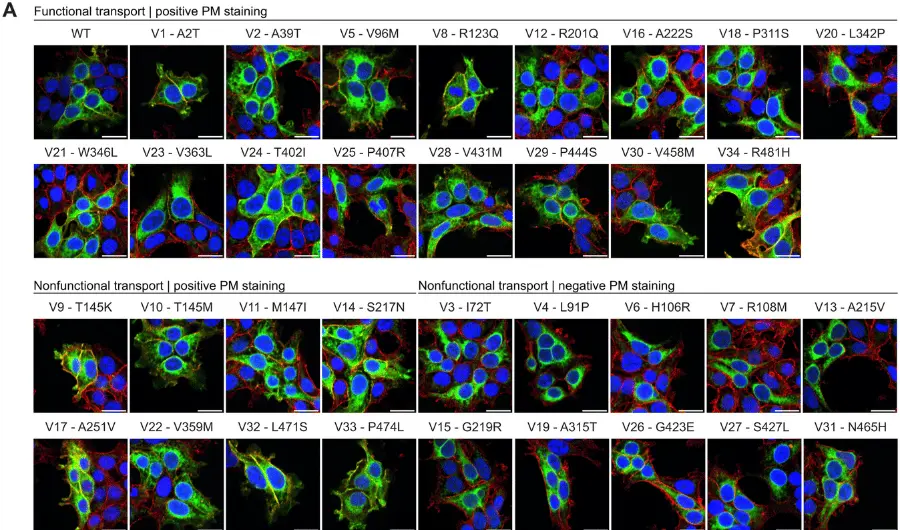A Journey into the Unknown: An Ethnographic Examination of Drug-Resistant Epilepsy Treatment and Management in the United States
September 28, 2021
Abstract, originally published in Epilepsy & Behavior
Patients often recognize unmet needs that can improve patient-provider experiences in disease treatment management. These needs are rarely captured and may be hard to quantify in difficult-to-treat disease states such as drug-resistant epilepsy (DRE). To further understand challenges living with and managing DRE, a team of medical anthropologists conducted ethnographic field assessments with patients to qualitatively understand their experience with DRE across the United States. In addition, healthcare provider assessments were conducted in community clinics and Comprehensive Epilepsy Centers to further uncover patient-provider treatment gaps.
We identified four distinct stages of the treatment and management journey defined by patients’ perceived control over their epilepsy: Gripped in the Panic Zone, Diligently Tracking to Plan, Riding a Rollercoaster in the Dark, and Reframing Priorities to Redefine Treatment Success. We found that patients sought resources to streamline communication with their care team, enhanced education on treatment options beyond medications, and long-term resources to protect against a decline in control over managing their epilepsy once drug-resistant. Likewise, treatment management optimization strategies are provided to improve current DRE standard of care with respect to identified patient-provider gaps.
These include the use of digital disease management tools, standardizing neuropsychiatrists into patients’ initial care team, and introducing surgical and non-pharmacological treatment options upon epilepsy and DRE diagnoses, respectively. This ethnographic study uncovers numerous patient-provider gaps, thereby presenting a conceptual framework to advance DRE treatment. Further Incentivization from professional societies and healthcare systems to support standardization of the treatment optimization strategies provided herein into clinical practice is needed.







